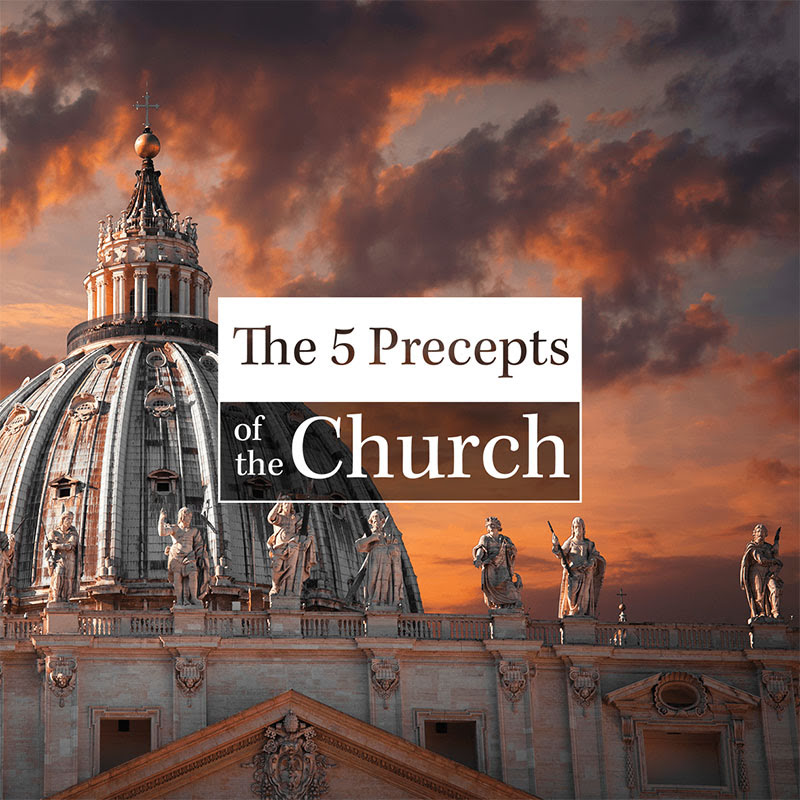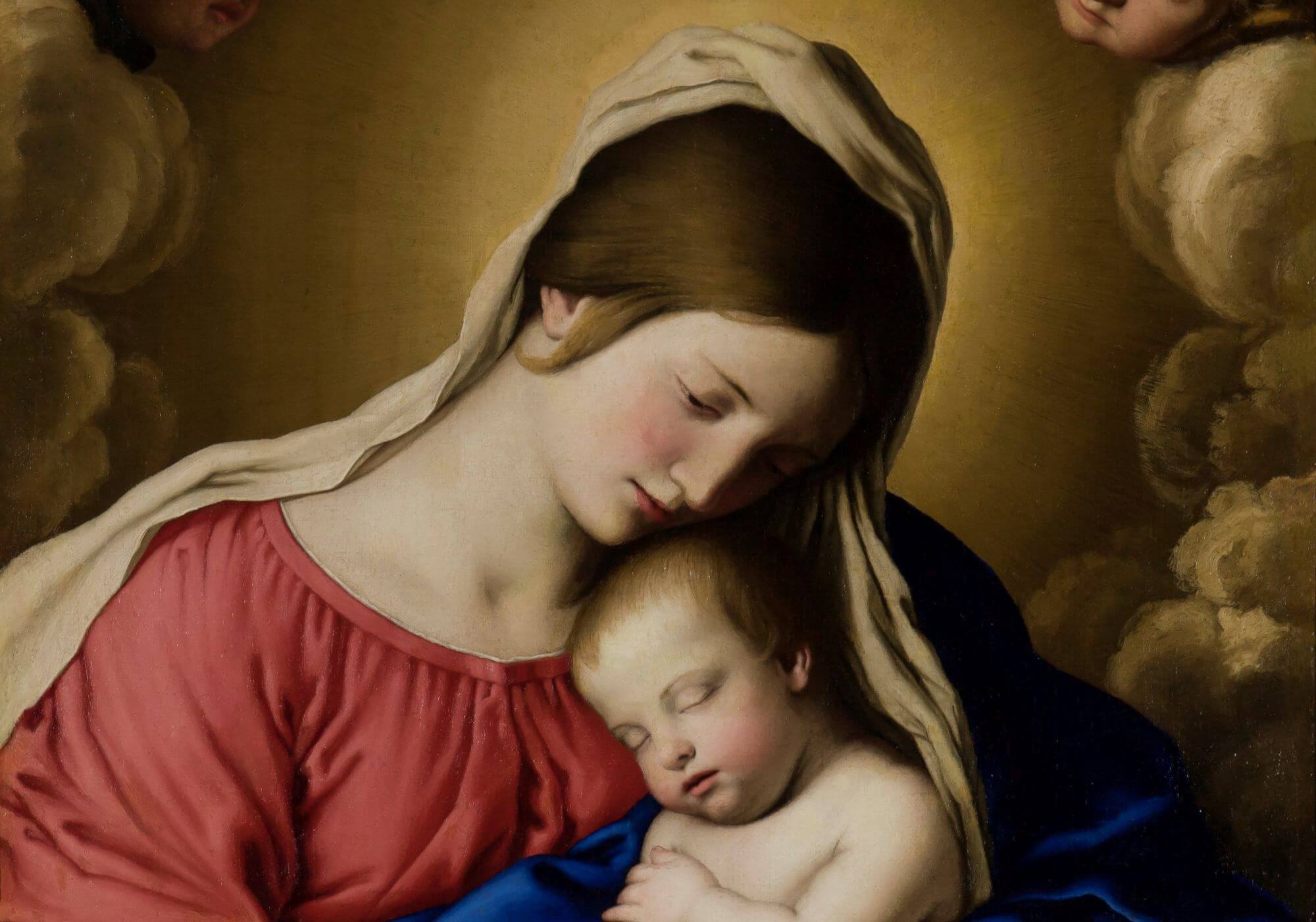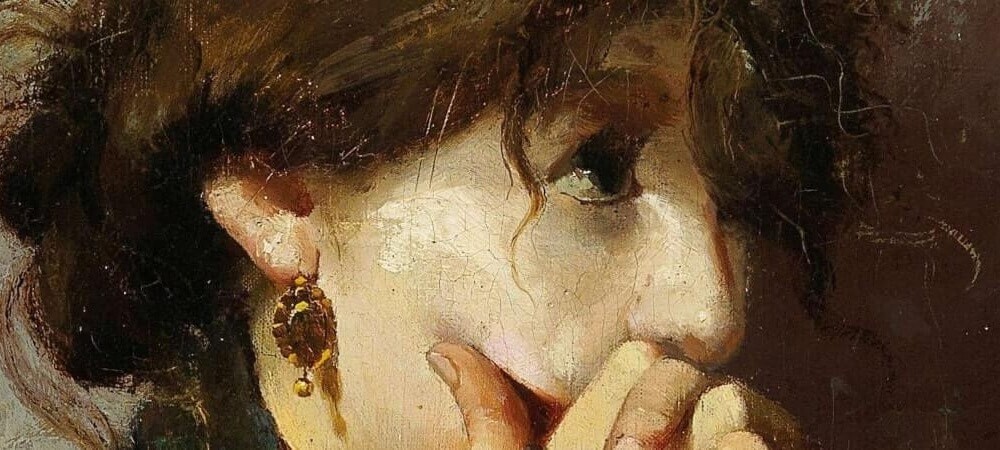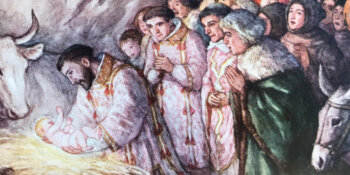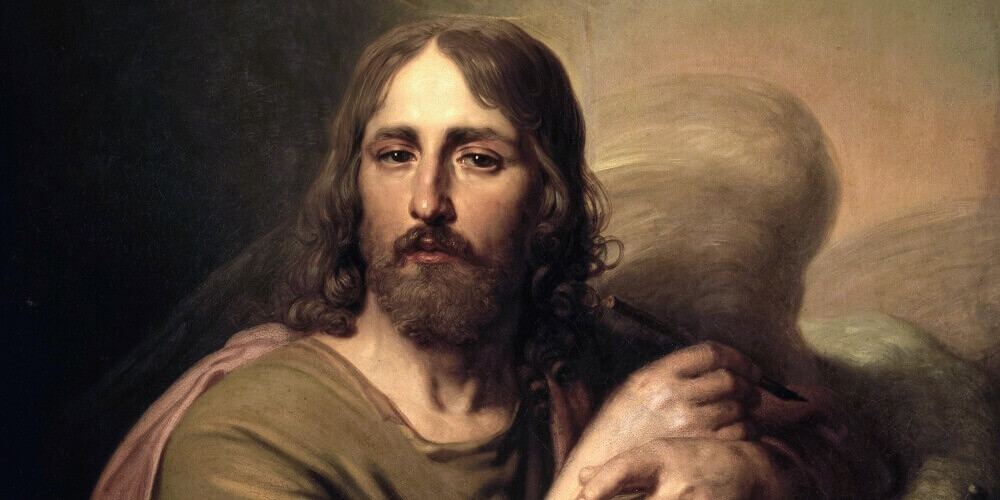
Most of us know St. Luke because of the Gospel he wrote.
Like all of the Gospel writers, he is given the title “Evangelist” for his role in spreading the gospel of Jesus Christ. Also known as a great historian, St. Luke’s Gospel preserved the most extensive biography of Christ.
In fact, it is St. Luke’s Gospel that is the sole source for Jesus’ parables of the Good Samaritan and the Prodigal Son, as well as the events on the Road to Emmaus, Pentecost, and more.
Luke came from the large metropolitan city of Antioch, part of modern-day Turkey.
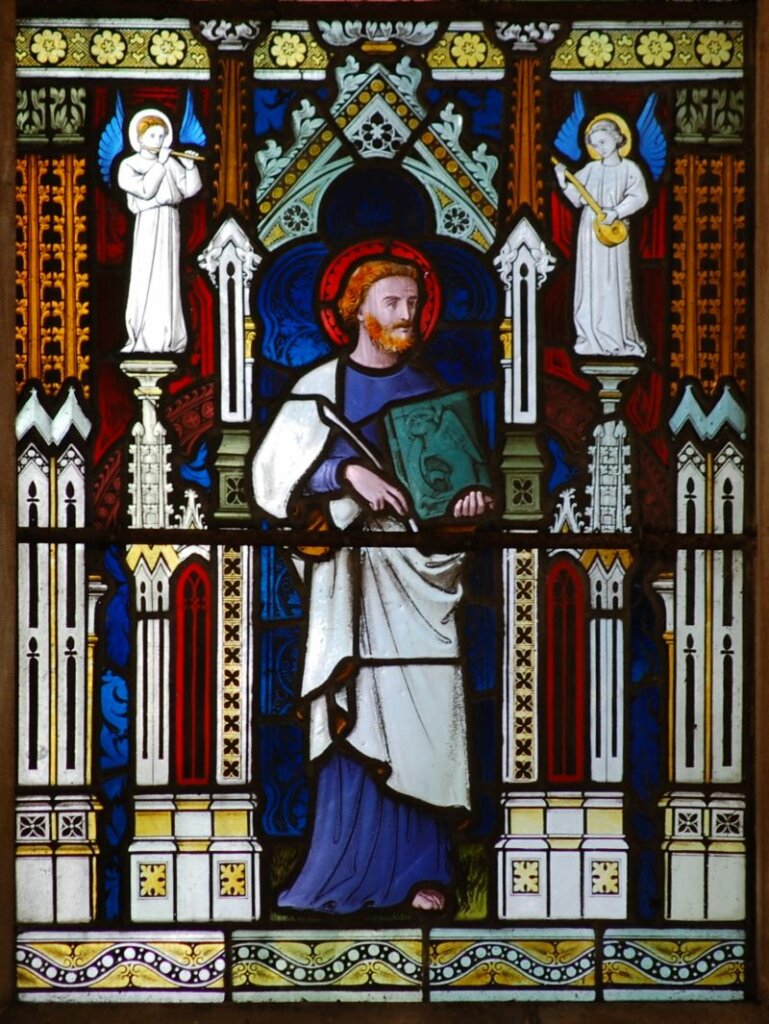
(photo credit: Kevin Wailes/CC BY 2.0)
In Luke’s lifetime, his native city emerged as an important center of early Christianity. During the saint’s early years, the port of Antioch had already become a cultural center, renowned for arts and sciences.
Tradition tells us that Luke was a Gentile convert, educated as a physician in the Greek-speaking city. He was among the most cultured and cosmopolitan members of the early Church.
Although he was a man of many talents and interests, it is clear that he used them for God’s glory, not his own.
In honor of his feast day, which the Church celebrates every October 18th, let’s consider three things we can learn from this great saint.
1. St. Luke expressed the need to tend to the soul as well as the body.

Not only was St. Luke a writer of one of the four Gospels, he was also a physician.
Scripture tells us that, after St. Paul’s conversion, Luke accompanied him as his physician; in fact, St. Paul called him “the beloved physician” (Col. 4:14) during Paul’s first imprisonment in Rome.
We also hear about Luke as a physician in the writings of many of the Church fathers. Eusebius (260–340 A.D.), an early historian of the Church, described St. Luke in these terms:
Luke, who was by race an Antiochian and a physician by profession, was long a companion of Paul, and had careful conversation with the other Apostles, and in two books left us examples of the medicine for the souls which he had gained from them.
(Eccl. Hist. 3.4.6; LCL 1:197)
St. Luke himself recorded Jesus’ words, “Those who are well have no need of a physician, but those who are sick” (Luke 5:31).
Jesus is speaking of the necessity to tend to our spiritual ailments with the same attention that we show to our physical ones. As humans beings, we tend to emphasize our physical needs, since they are the cause of easily-perceived pain, but we often don’t recognize that we have spiritual sicknesses, too. We may neglect things that cause emotional pain or simply fail to acknowledge their existence, yet oftentimes they are opportunities to turn to Our Lord and seek His guidance and providential care.
In recalling the events of Jesus’ life, St. Luke understood that it is the Divine Physician who offers us the true power of hope—whether in body, mind, or spirit—and in his Gospel accounts, he shows us the remedy.
We can imitate St. Luke and ask for his intercessory prayer so that we, too, might remember to seek the will of the Father in all things that plague us: whether they are physical illness, mental or emotional problems, or sin itself.
Let’s also desire true contrition so that Our Lord might use it to bring about healing in our lives.
2. St. Luke was courageous in spreading the Gospel.
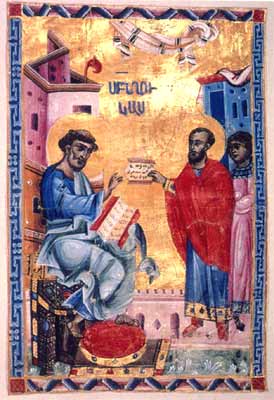
Tradition provides a vibrant story of the life and influence of St. Luke. We know that he was among the only companions of Paul who did not abandon him during his final imprisonment and death in Rome.
Since the journeys on which Luke accompanied Paul occupy a large portion of the Acts of the Apostles, it is likely that he wrote some of this text—the final narrative portion of the New Testament—in the city of Rome, where the account ends.
Few men were as fearless as Luke, who stayed beside Paul in a consistent manner during the two years of his imprisonment. The Apostle, writing for the last time to Timothy, says: “I have fought a good fight, I have finished my course… Make haste to come to me quickly. For Demas hath left me, loving this world…Only Luke is with me” (2 Timothy, 7–11).
Only one thing was more important to Luke than being Paul’s friend: Jesus Christ.
We also know that Luke was humble because, while his travel experiences could have filled volumes, he focused on proclaiming the Gospel and apostolic preaching to the world.
We are all called to evangelization. To what extent do we actually do it?
Perhaps we are held back by fear of what others might think, or maybe we feel that we are not worthy to do it. Let’s remember the words of St. Paul to Timothy and recall that Luke, his close companion, would have known these words well: “As for you, always be sober-minded, endure suffering, do the work of an evangelist, fulfill your ministry.”
How is God calling you to evangelize? Ask St. Luke to help you.
3. St. Luke honored the Blessed Mother.
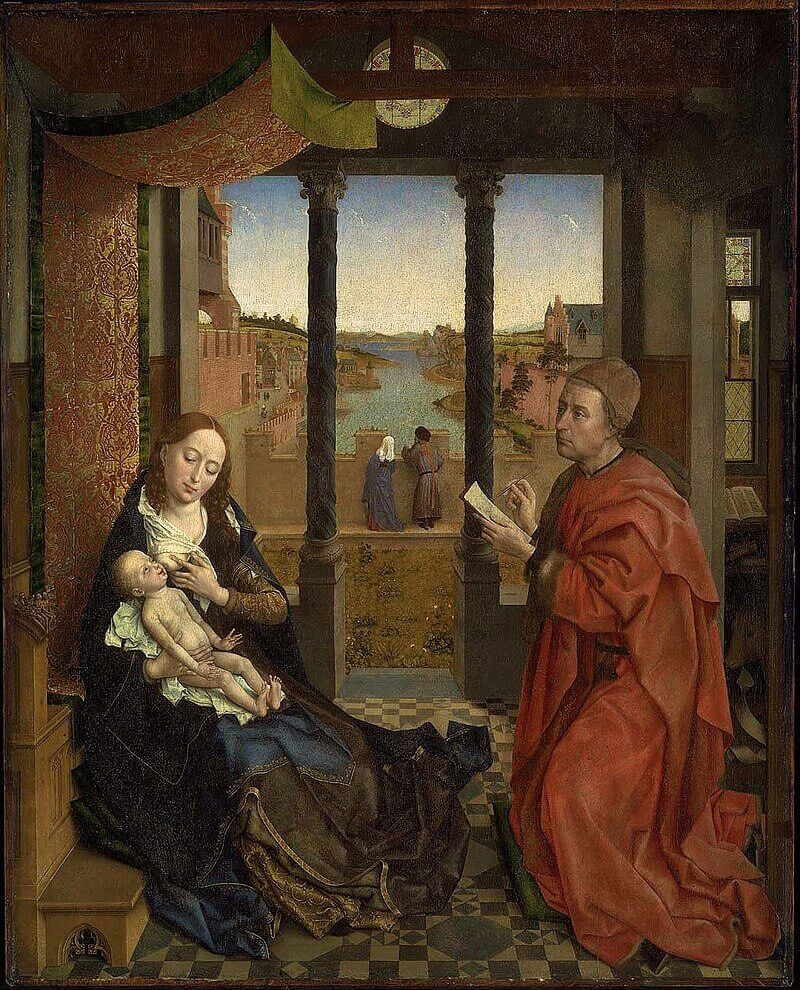
St. Luke is a vital source of information about the Blessed Virgin Mary. It is believed that he was an artist as well as a physician, and Christian tradition states that he painted many pictures of the Virgin Mary and Child.
Known as the first “icon painter,” St. Luke painted the Hodegetria image in Constantinople (now lost). Another sacred portrait ascribed to him—known by the title “Salvation of the Roman People”—survives to this day in the Basilica of St. Mary Major.

(photo credit: Ambrosius007/CC BY-SA 3.0)
Similar to Our Lady of Czestochowa, it is believed this image was discovered by St. Helena and taken first to Constantinople. By the 6th century the image was transferred to Rome and ever since has been enshrined in the church of Saint Mary Major. It is this image, known as “Protectress of the Roman People,” before which Pope Francis prays and offers flowers each time he leaves Rome for a pontifical journey and again when he returns.
“4 Icons of Mary attributed to St. Luke the Evangelist” by Philip Kosloski (Aleteia Magazine)
Many biblical historians have claimed that St. Luke’s writings reveal he was the only evangelist to incorporate the personal testimony of the Blessed Virgin Mary into his gospel.
We can see his love for the Blessed Mother as he recalls the Annunciation of St. Gabriel to Mary. In fact, it is interesting to consider the way in which St. Luke tells two annunciation stories: that of Zachariah and that of Mary.
In both of the elaborate birth announcements he presents a pattern. In the first one, the Angel Gabriel comes to Zachariah and says: “Do not be afraid, Zechariah, for your prayer has been heard, and your wife Elizabeth will bear you a son, and you shall call his name John. And you will have joy and gladness, and many will rejoice at his birth, for he will be great before the Lord.”
Then the Angel Gabriel appears to Mary and says: “Do not be afraid, Mary, for you have found favor with God. And behold, you will conceive in your womb and bear a son, and you shall call his name Jesus. He will be great and will be called the Son of the Most High.”
Notice how, in the first announcement, Gabriel appears to an old man and tells him not to be afraid. In the second, he appears to a young woman and tells her not to be afraid. Both of these angelic visits were to individuals of great faith, but Mary does not doubt what Gabriel says; she simply asks how will it be accomplished.
We are invited to have the faith of Mary. Zechariah, too, was a man of God, but he did not have the purity of faith and confidence in God that Mary did.
We Can Imitate St. Luke

We may be tempted to see the Gospel writers simply as historians, yet this would be an insufficient understanding of their role in salvation history. There were many things each of the authors could have chosen to write about; instead, they were deliberate in what they chose to present and we must assume the intentionality of their words.
St. Luke highlighted the soul, and not just the body or the mind. He was brave and showed the virtue of fortitude as he stood by his friend and companion, St. Paul, and helped him to write down his message so that many could be evangelized. He shared his love for the Blessed Mother with the world; not only with his beautiful words in Scripture but also with paint and brush, leaving us amazing icons that are a reflection of faith for those who witness them.
St. Luke had many talents, interests, and gifts. Therefore his patronage includes many people and things, such as artists, bachelors, bookbinders, brewers, butchers, doctors, glass makers, goldsmiths, lacemakers, notaries, painters, physicians, sculptors, stained glass workers, and surgeons.
Prayer to St. Luke the Evangelist
On his feast day and as often as we can remember, let us ask for the intercessory prayer of St. Luke the Evangelist!
Most wonderful St. Luke, you were animated by the Heavenly Spirit of Love. In faithfully detailing the humanity of Jesus, you also showed His Divinity and his genuine compassion for all human beings. May the Holy Spirit, instructor of the faithful, help me to understand Christ’s words and apply them in my life.
Amen.

